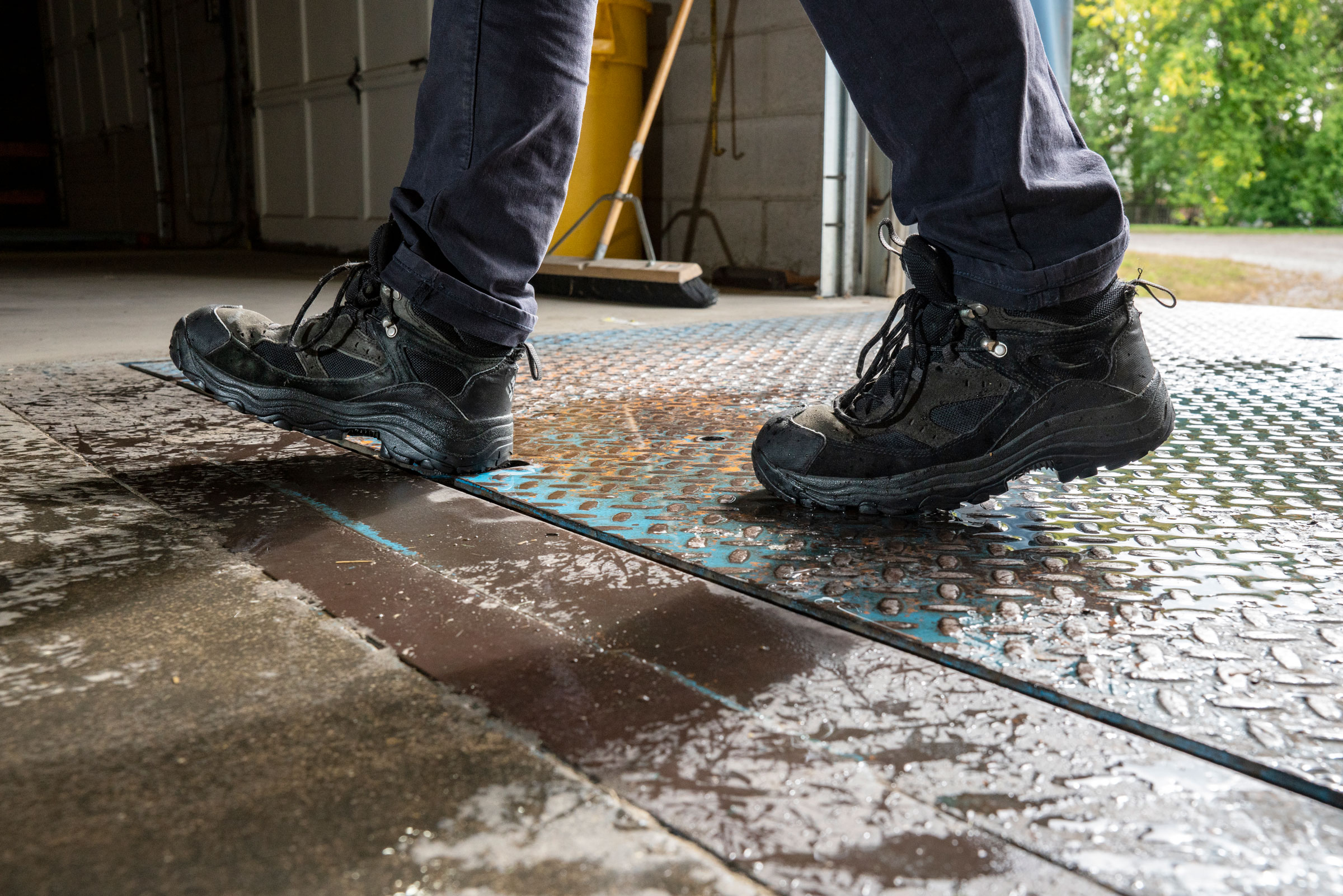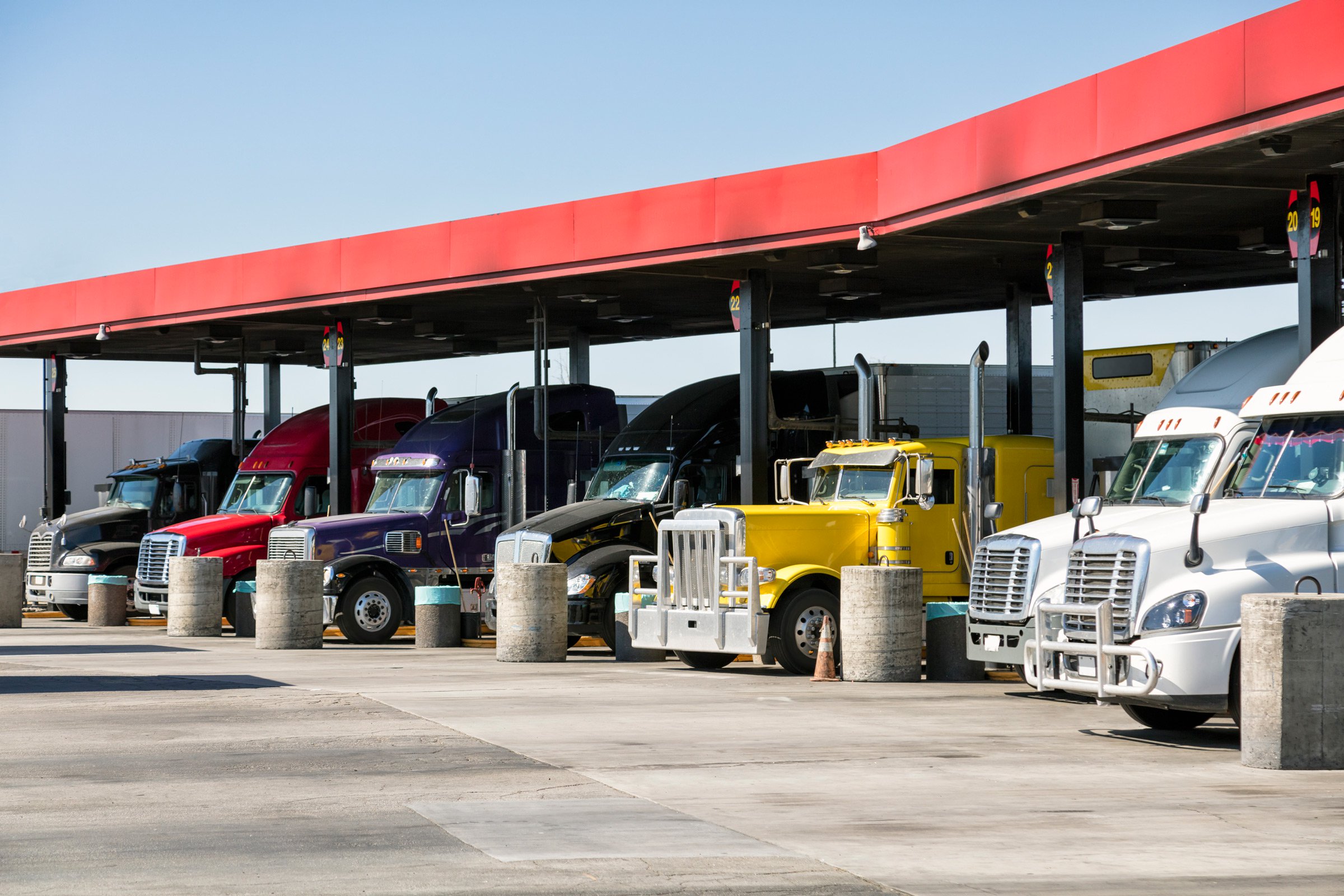Choosing the Correct Personal Protective Equipment for the Job
If a hazard cannot be removed or reduced to a point it can be considered an acceptable risk,...

Great West |
If a hazard cannot be removed or reduced to a point it can be considered an acceptable risk,...

Great West |
Policies and procedures are necessary for high-hazard industries like trucking. They add structure...

Great West |
Managing the space around the truck is challenging. From driving in congested traffic to navigating...

Great West |
Slips, trips, and falls are leading causes of workplace injuries. No matter where you are, hazards...

Great West |
Winter is nearly in the rearview mirror, which means it is time to start thinking about spring and...

Great West |
Road rage is a criminal offense that can result in jail time. Road rage occurs when one driver...

Great West |
There is a misguided belief by some motor carriers that delaying or failing to report claims to...

Great West |
Fuel costs have traditionally been the largest line-item expense for motor carriers. According to...

Great West |
Professionalism in the workplace benefits you, your peers, and your employer. Exhibiting...

Great West |
Measuring the financial impact of a loss cannot be underestimated by motor carriers, especially...

Great West |
Aggressive driving puts you and others at risk of serious injury or death. According to the...

Great West |
Great question! The Claims Department at Great West Casualty Company has seen an increase in the...